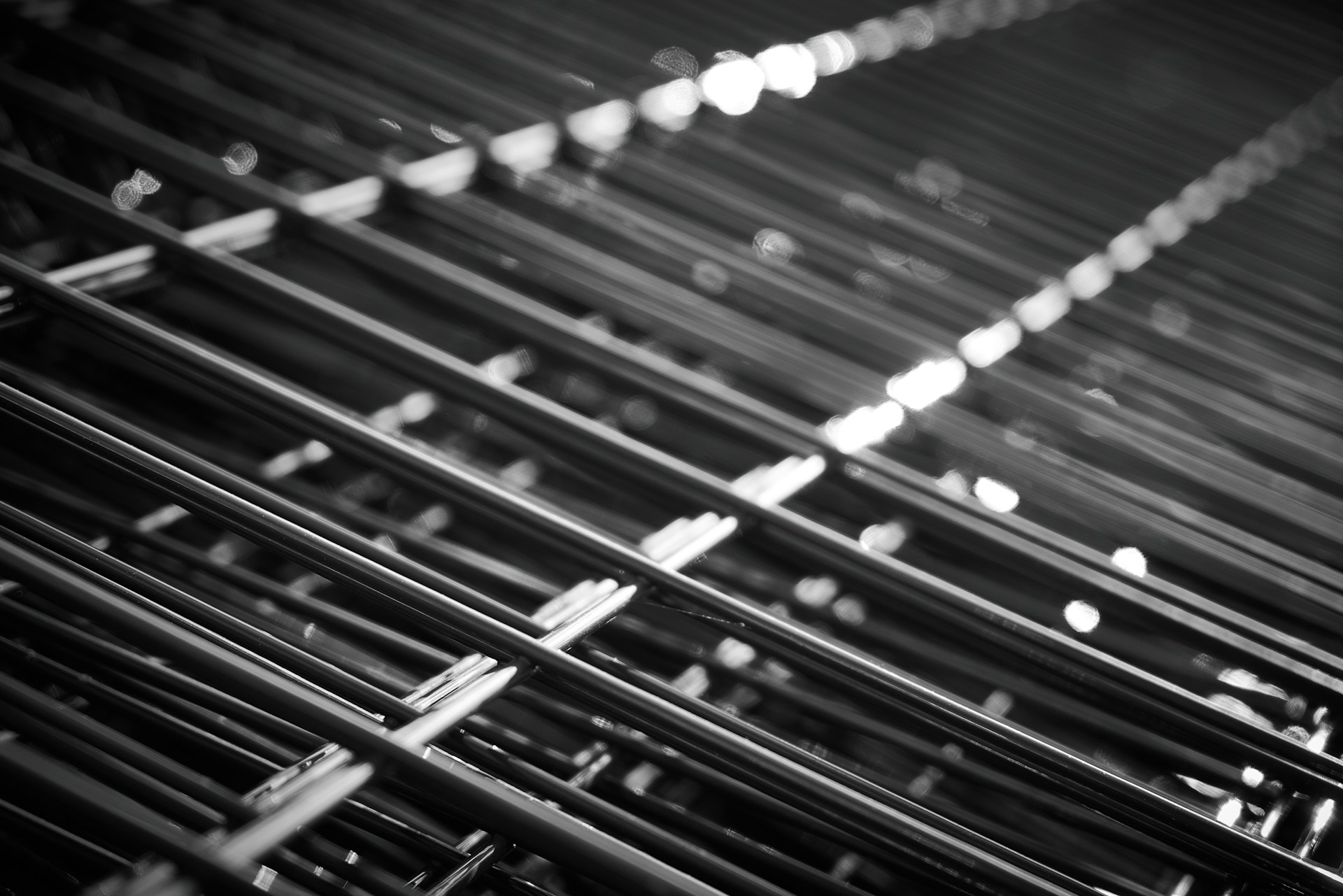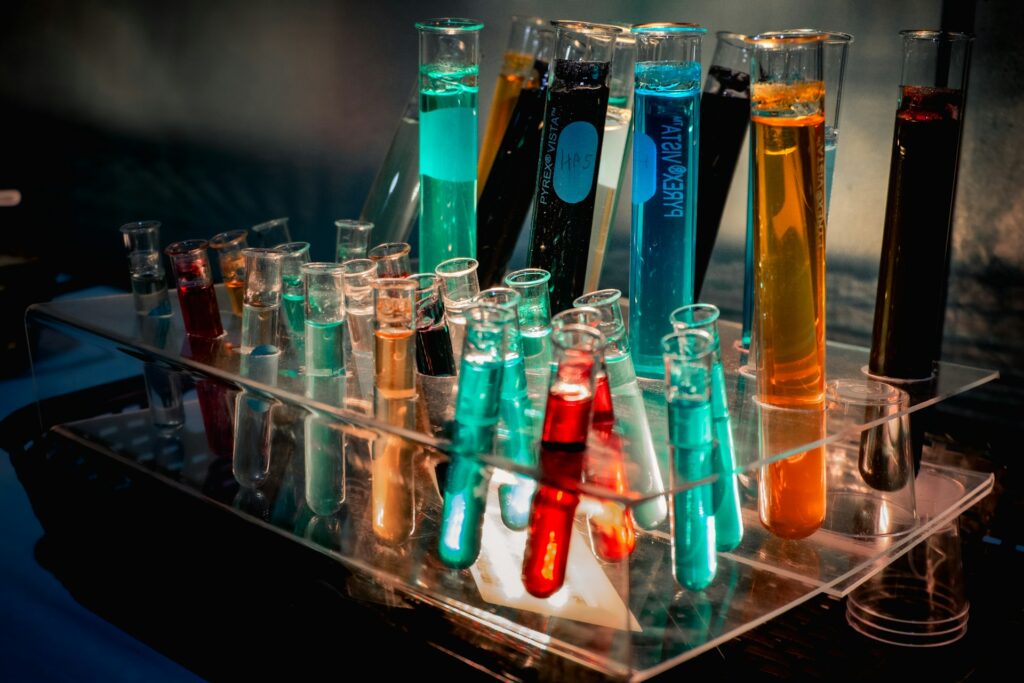In conventional metallurgy, metals such as iron, nickel, copper, and others are often found in oxidized forms in the Earth’s crust. To use them in engineering components or electronics, these oxides are chemically reduced, removing oxygen atoms to recover the metallic element. Traditionally, reducing agents like carbon monoxide are used. Recent research led by Professor Guangwen Zhou from Binghamton University argues that hydrogen, sometimes treated as an equivalent substitute, has distinct mechanistic advantages that could speed up the process and lower its carbon footprint.
Chen, X., Wang, J., Patel, S. B., Ye, S., Wu, Y., Zhou, Z., Qiao, L., Wang, Y., Marinkovic, N., Li, M., Hwang, S., Zakharov, D. N., Ma, L., Wu, Q., Boscoboinik, J. A., Yang, J. C., & Zhou, G. (2025). Atomic dynamics of gas-dependent oxide reducibility. Nature, 644(8078), 927–932. https://doi.org/10.1038/s41586-025-09394-0
The key insight from Zhou and his colleagues is that hydrogen and carbon monoxide do not act identically as reductants in metal-oxide reduction, especially under conditions relevant to industrial metal production. When carbon monoxide is used to reduce nickel oxide, a thin metallic nickel layer tends to form on the surface early in the reaction. This surface layer blocks further reaction sites and slows down deeper oxygen removal. In contrast, hydrogen allows the formation of oxygen vacancies at the oxide surface that migrate into the bulk of the material, allowing reduction to proceed internally rather than stalling at the surface. The surface remains active, and reduction can continue. Protons from hydrogen assist the migration of vacancies, which does not occur with carbon monoxide. Hydrogen enables faster reaction kinetics, lower temperature operation, and produces water instead of carbon dioxide.
Guangwen Zhou, from Binghamton University’s Materials Science and Engineering program, stated,
“The goal is to drive this reduction process using less energy, at lower temperatures, and with minimal carbon dioxide emissions. Our study offers insights that can help guide the choice of gases or reductants to accelerate reaction kinetics, making metal extraction faster, cleaner and more energy efficient.”
Zhou’s team confirmed these mechanisms using environmental transmission electron microscopy to observe reactions at the nanoscale and synchrotron X-ray diffraction to study larger-scale material changes. The multi-scale observations provide evidence that hydrogen-based reduction offers a more favorable pathway.
The concept of using hydrogen in metal production has been explored previously, particularly for steel and nickel, as a way to lower carbon emissions. Hydrogen-based processes offer the potential to reduce temperature requirements, accelerate reaction rates, and generate fewer greenhouse gases compared with traditional carbon monoxide-based reduction. Computational and theoretical work further supports these benefits, showing that hydrogen can improve reduction efficiency in mixed-oxide systems.
Industrial adoption of hydrogen-based reduction faces several challenges. Large-scale use requires reliable low-carbon hydrogen production. Temperature, pressure, and reactor design must accommodate the gas transport and vacancy migration dynamics observed at laboratory scales. Material heterogeneity and existing infrastructure in metal plants pose additional difficulties. Despite these challenges, the mechanistic understanding provided by Zhou’s research gives engineers the knowledge to design systems that optimize pore structures, temperature profiles, and hydrogen partial pressures to improve efficiency.
This work also changes how scientists view the role of reductants in metal production. Rather than being interchangeable, the choice of reductant is now seen as an active factor influencing reaction kinetics and microstructure development. In the near term, pilot-scale hydrogen reduction of specialty metals and hybrid approaches combining hydrogen and carbon monoxide are likely. Further research could expand hydrogen-assisted reduction to other metals, improve reactor designs, and optimize material processing techniques.
For readers interested in sustainable and efficient metallurgy, this research provides a scientific foundation for reducing the environmental impact of metal production while improving reaction efficiency.

Adrian graduated with a Masters Degree (1st Class Honours) in Chemical Engineering from Chester University along with Harris. His master’s research aimed to develop a standardadised clean water oxygenation transfer procedure to test bubble diffusers that are currently used in the wastewater industry commercial market. He has also undergone placments in both US and China primarely focused within the R&D department and is an associate member of the Institute of Chemical Engineers (IChemE).



